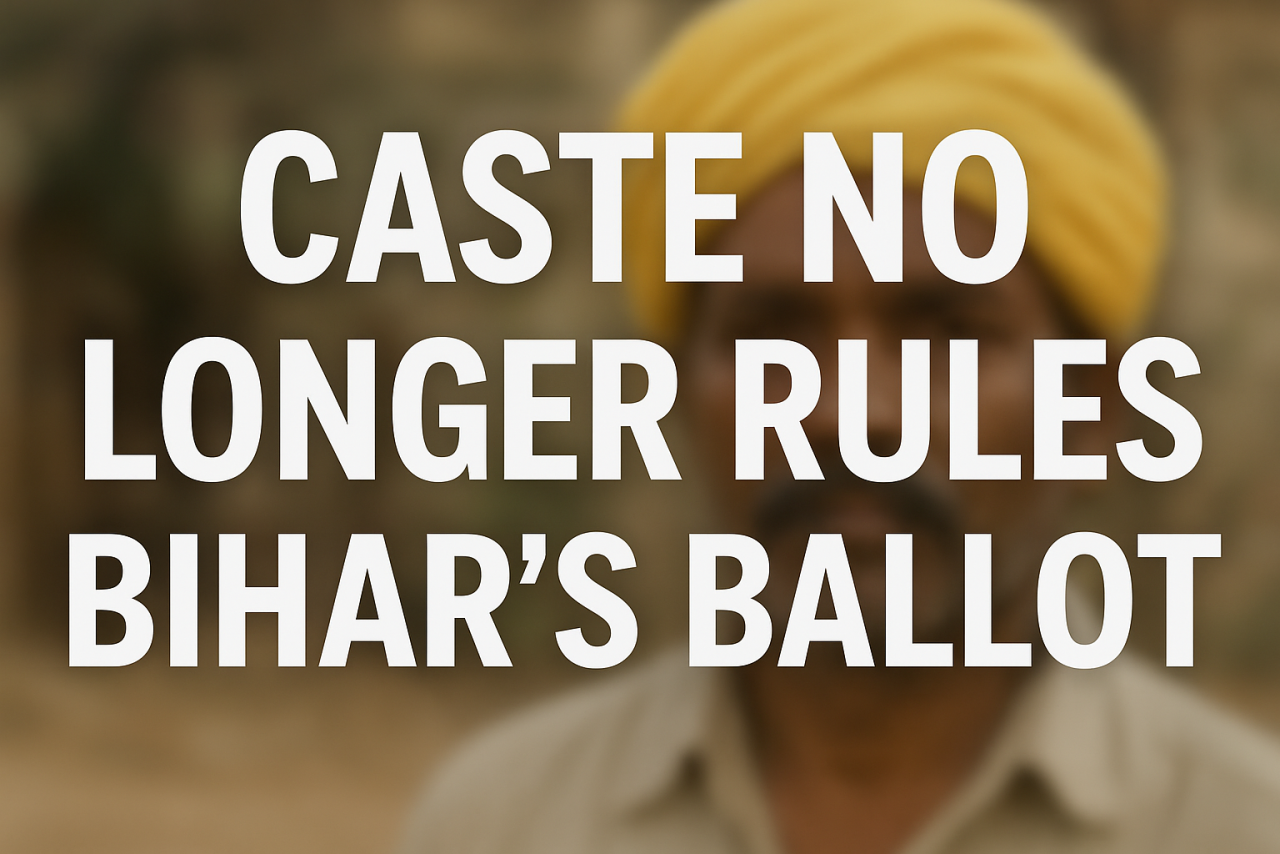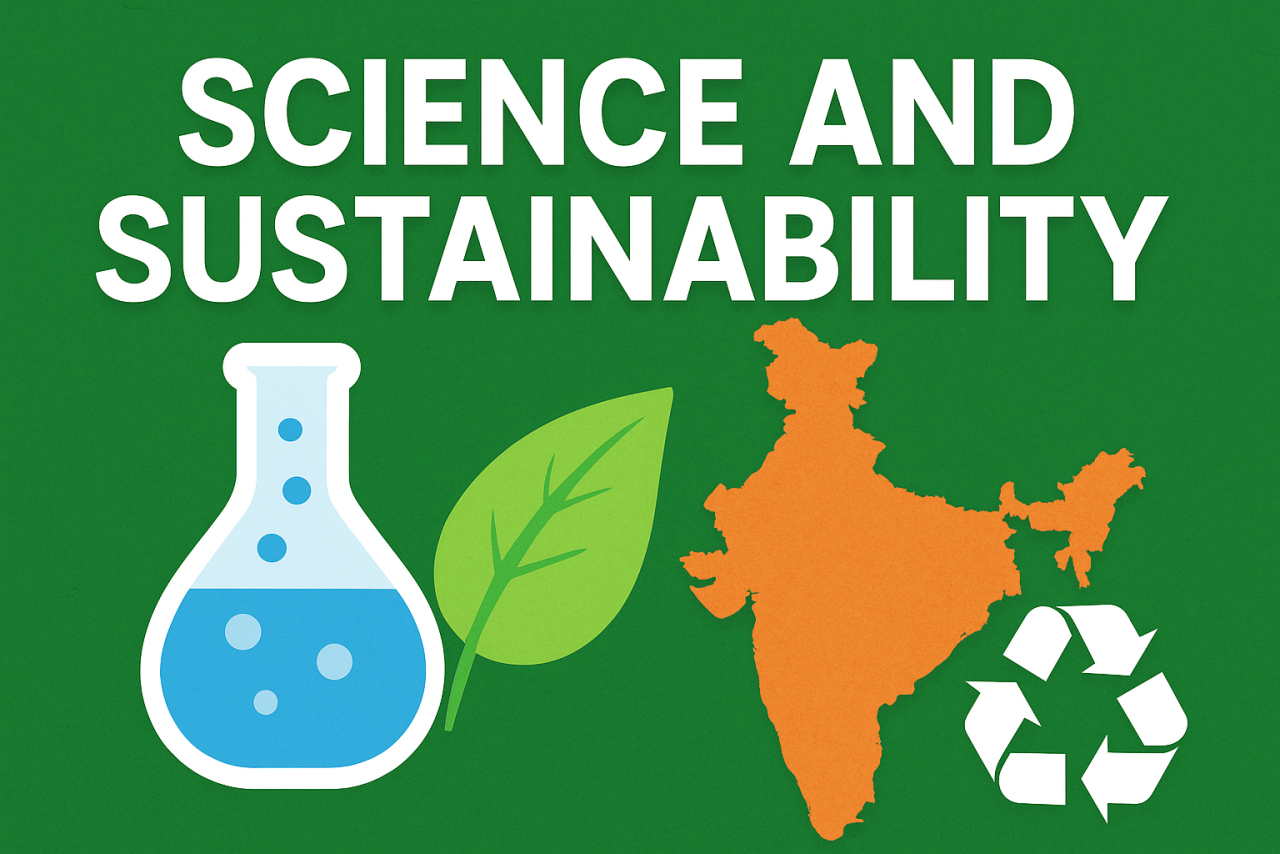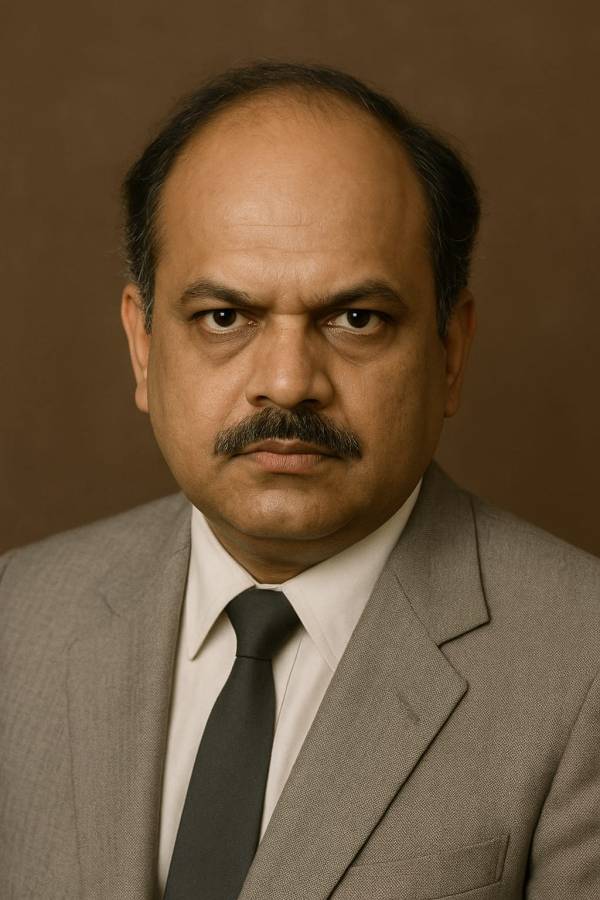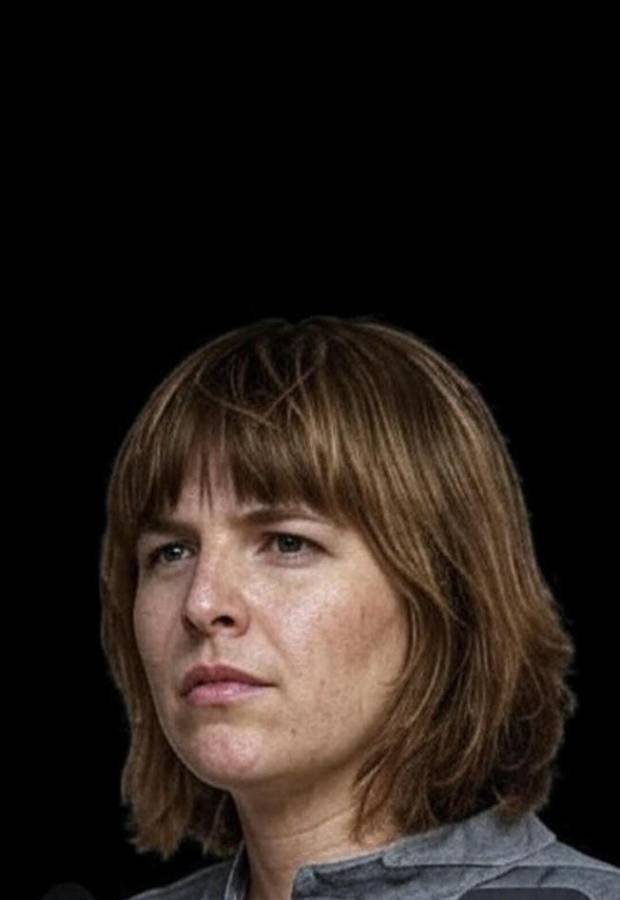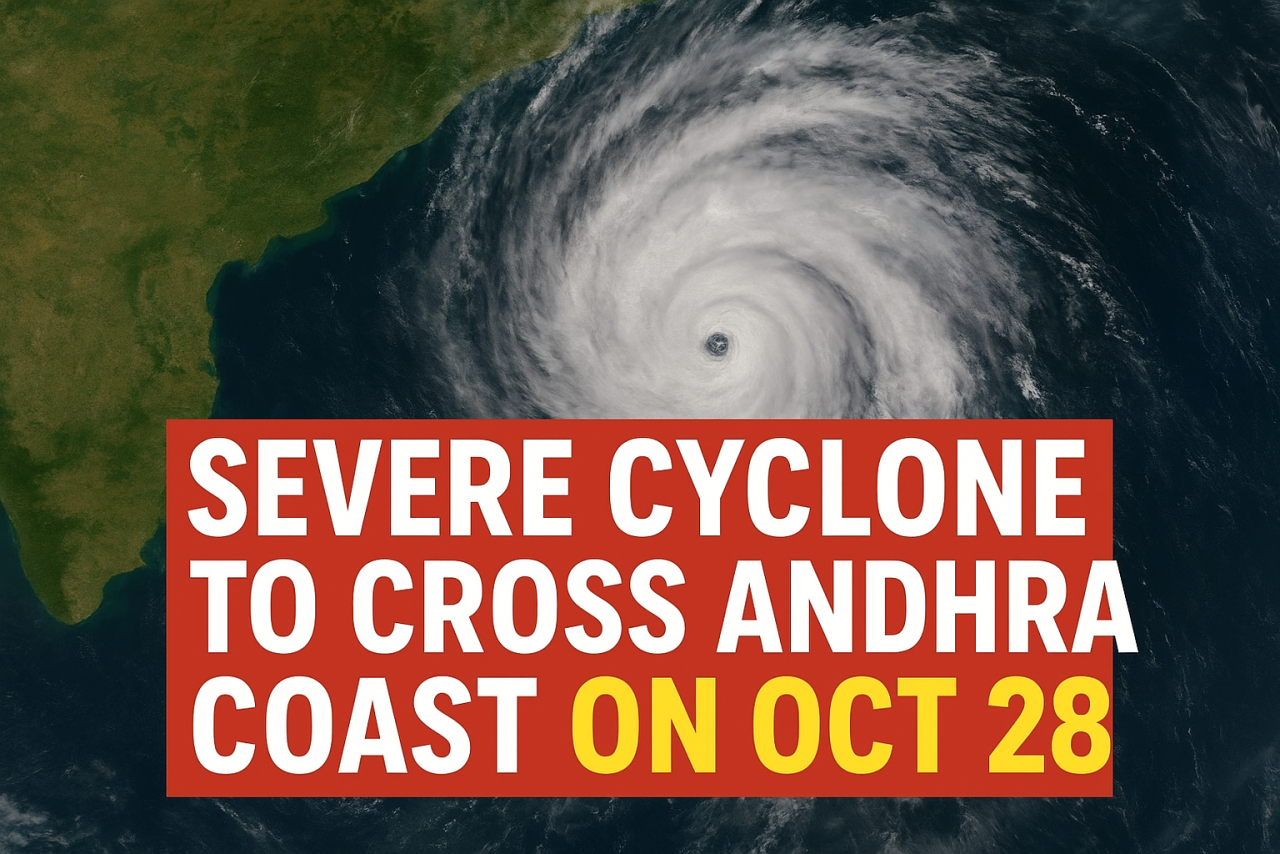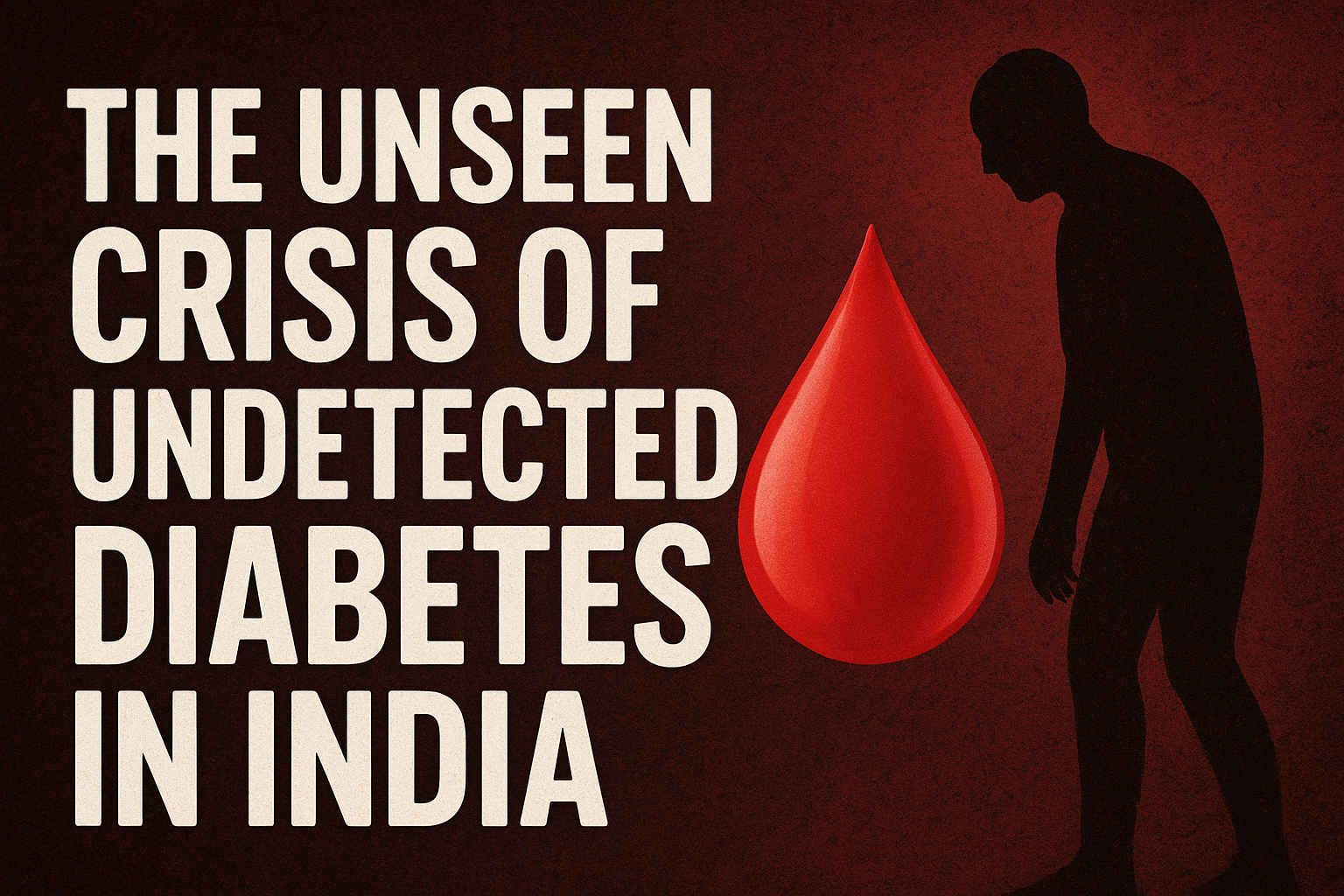
A new study published in The Lancet Diabetes & Endocrinology has revealed an unsettling reality: nearly 44% of Indians above the age of 15 living with diabetes remained undiagnosed in 2023. At first glance, this may appear to be just another figure in the world of public health research. Yet beneath the surface, it exposes a crisis with profound social, economic, and human consequences. Diabetes, often described as the “silent killer,” is tightening its grip on India. Unless addressed with urgency, this silent epidemic could undermine both health outcomes and national progress.
The Numbers Behind the Alarm
According to the Global Burden of Disease (GBD-2023) study, the undiagnosed share has reduced from 53% in 2000 to 44% in 2023. This drop signals some progress, but improvement should not be confused with adequacy. The study also highlighted a more troubling aspect—while 90% of diagnosed diabetics received treatment, only 40% succeeded in maintaining controlled blood sugar levels. In other words, even among patients who are under medical supervision, treatment outcomes remain poor. Treatment without effective management is not enough; it becomes little more than a stopgap.
Why Detection Still Fails
Several factors explain why so many cases slip through undetected. Diabetes often develops slowly, with early symptoms dismissed as routine tiredness, stress, or minor illness. India’s healthcare system, still heavily focused on infectious diseases like tuberculosis and malaria, has not fully adjusted to the rising tide of chronic conditions. Preventive health checkups remain uncommon, particularly in low-income groups, while screening camps are sporadic and poorly publicized. Rural communities face an even starker reality—limited healthcare access, inadequate diagnostic tools, and minimal awareness. The disease thrives in these blind spots.
The Global Picture
Globally, an estimated 589 million adults (aged 20–79) live with diabetes, according to the International Diabetes Federation. Of these, nearly 252 million—about 43%—remain undiagnosed. In North America, about 83% of diabetics are diagnosed, while in Europe the figure is close to 78%. At the other end of the spectrum, sub-Saharan Africa identifies only 16% of cases. India’s numbers lie somewhere in the middle, but given its massive population, the absolute burden is staggering. With over 100 million Indians already living with diabetes, underdiagnosis here could overwhelm hospitals and weaken the country’s workforce in the coming decades.
A Health and Economic Burden
Diabetes is not only a medical condition but also an economic disruptor. Uncontrolled or untreated diabetes leads to severe complications such as heart disease, kidney failure, nerve damage, blindness, and amputations. These outcomes shorten lives, push families into debt, and create an economic drag through lost productivity and increased public healthcare costs. A nation that aims to harness its demographic dividend cannot afford to let a silent disease sap its workforce and economy.
Rethinking the Response
India needs to radically shift its approach. The current model—diagnose late, medicate quickly, and manage poorly—no longer suffices. Instead, the country must adopt a three-pronged strategy:
- Early Detection: Make routine diabetes screening mandatory in schools, workplaces, and public health drives.
- Strengthened Primary Care: Equip rural health centers with reliable testing kits and train staff to detect and manage diabetes effectively.
- Lifestyle Reforms as Policy: Integrate physical activity and nutrition awareness into everyday life through urban design, food regulations, and sustained campaigns.
Towards a New Perspective
Diabetes is not just an individual illness; it is a reflection of systemic weakness in public health planning. India has shown determination in eradicating polio and smallpox through mass campaigns and collective action. That same urgency must now be directed toward lifestyle diseases. The real challenge lies not in medicine alone, but in reshaping awareness, habits, and policies.


